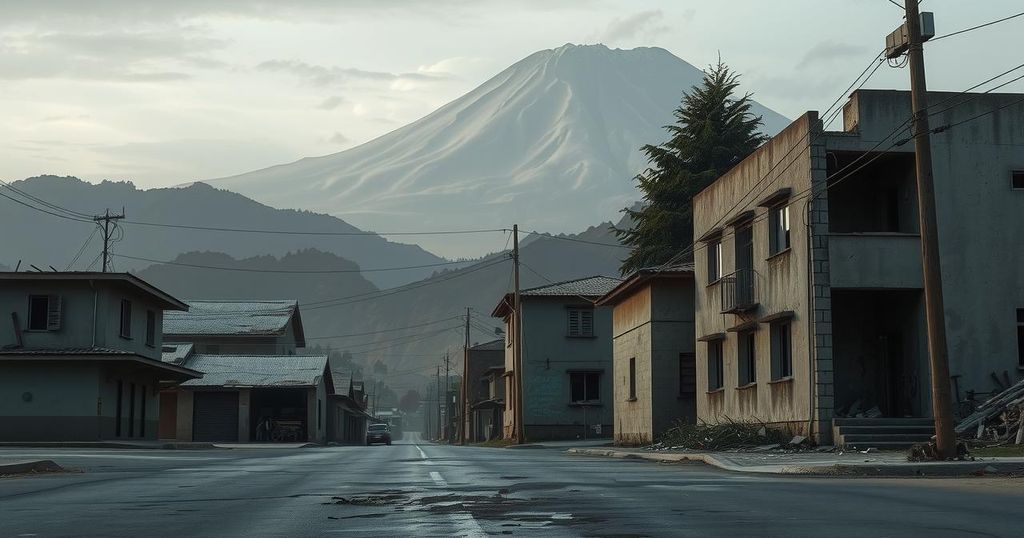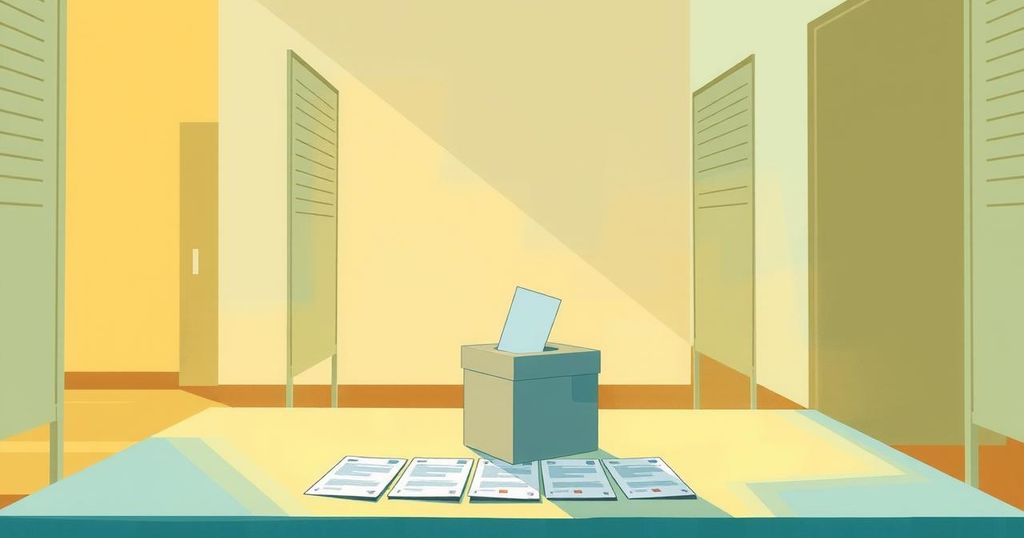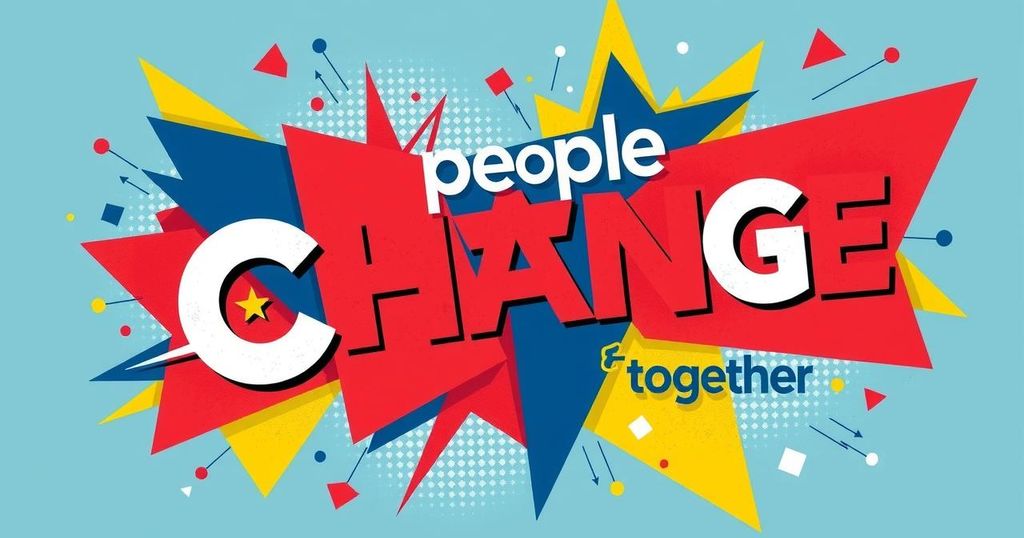Goma Struggles Under the Weight of Conflict’s Scars in Eastern DRC
The city of Goma, DRC, faces instability following its takeover by M23 rebels, reflecting past traumas. Violence persists despite a ceasefire, displacing over 1.2 million people. The humanitarian situation worsens as residents confront cash shortages and crime, while unexploded ordnance remains a threat. The region demands urgent attention as scars from conflict remain fresh and painful.
GOMA, DR Congo, May 14 (Xinhua) — The city of Goma, once a dynamic hub nestled beneath the majestic Mount Nyiragongo, now finds itself draped in a heavy stillness. Following the takeover by the March 23 Movement (M23) rebel group on January 27, daily life for the over two million residents remains severely disrupted. Despite a so-called humanitarian ceasefire announced on February 4, violence continues to plague the region and the elusive pursuit of peace remains ongoing.
A stark reminder of the region’s tumultuous past, Goma’s recent fall to the same rebel group that briefly controlled it in 2012 has left residents feeling terrorized and flashbacks to previous conflicts emerge. Heavy artillery fire devastated neighborhoods, affecting key infrastructure, including the airport and local media. The Congolese government estimates that the assaults resulted in more than 8,500 fatalities and left around 5,600 injured, many of whom were civilians. Witnesses reported horrifying scenes akin to wartime, with pregnant women and infants caught in the chaos of shellfire.
Following the conflict’s escalation in February, which saw Bukavu, the capital of South Kivu, fall into M23 hands, North and South Kivu provinces became battlefronts rife with uncertainty. Analysts express concern over this conflict phase deepening its grip on the region. Corneille Nangaa, former head of the electoral authority and current leader of M23’s political faction, openly declared his intentions of “liberating the entire country”, including the capital, Kinshasa.
The quiet that descended upon Goma post-takeover was far from peaceful. With constant gunfire subsided, an eerie calm blanketed the abandoned streets. Commercial districts lie dormant, and the banking system is near collapse, causing acute cash shortages. With waning law enforcement, nighttime crime has surged, and the M23 has set up checkpoints demanding taxes and tolls, further crippling local commerce.
The humanitarian impact weighs heavily on the populace. The International Organization for Migration reports an alarming increase of 1.2 million people displaced within the two Kivu provinces since January. Many who sought refuge in Goma have been forced to flee, only to find their homes reduced to ruins. The M23’s early February ultimatum to evacuate major displacement camps, such as Bulengo and Lushagala, resulted in families leaving under duress, often carrying only the most essential items.
About 27 kilometers west of Goma lies Sake, a town caught in the crossfire of ongoing clashes. For months, Sake has faced brutal street-by-street fighting, leading to devastation. The risk is still palpable because unexploded ordnance remains scattered throughout the area. “We have found live shells in over ten locations, with several casualties, including children,” reported local resident Christian Kabuya.
At Ndosho Hospital in western Goma, the situation is dire yet poignant. This facility, the only one still treating injured patients, is constantly under pressure, reliant on the support of the International Committee of the Red Cross. Veteran ICRC worker Taoffic Mohamed Toure remarked on the complexities faced here, noting that “the sheer number of actors and the recurring violence make eastern Congo one of the most challenging places we operate.”
As diplomatic discussions falter, and ceasefires crumble, the residents of eastern DRC continue to navigate life amidst the shadows of war. From the cooled remnants of Nyiragongo’s lava to the war-torn nuances of Goma, the scars left on this city are all too real and very much still present.
—
In conclusion, Goma continues to grapple with the aftermath of the M23 rebellion, as daily life remains disrupted and security deteriorates. The humanitarian crisis is deepening, with millions displaced and essential services collapsing under strain. The ongoing conflict complicates the already fragile existence of the residents, illustrating how the scars of war in the eastern Democratic Republic of the Congo remain glaring and unresolved.
Original Source: english.news.cn




Post Comment